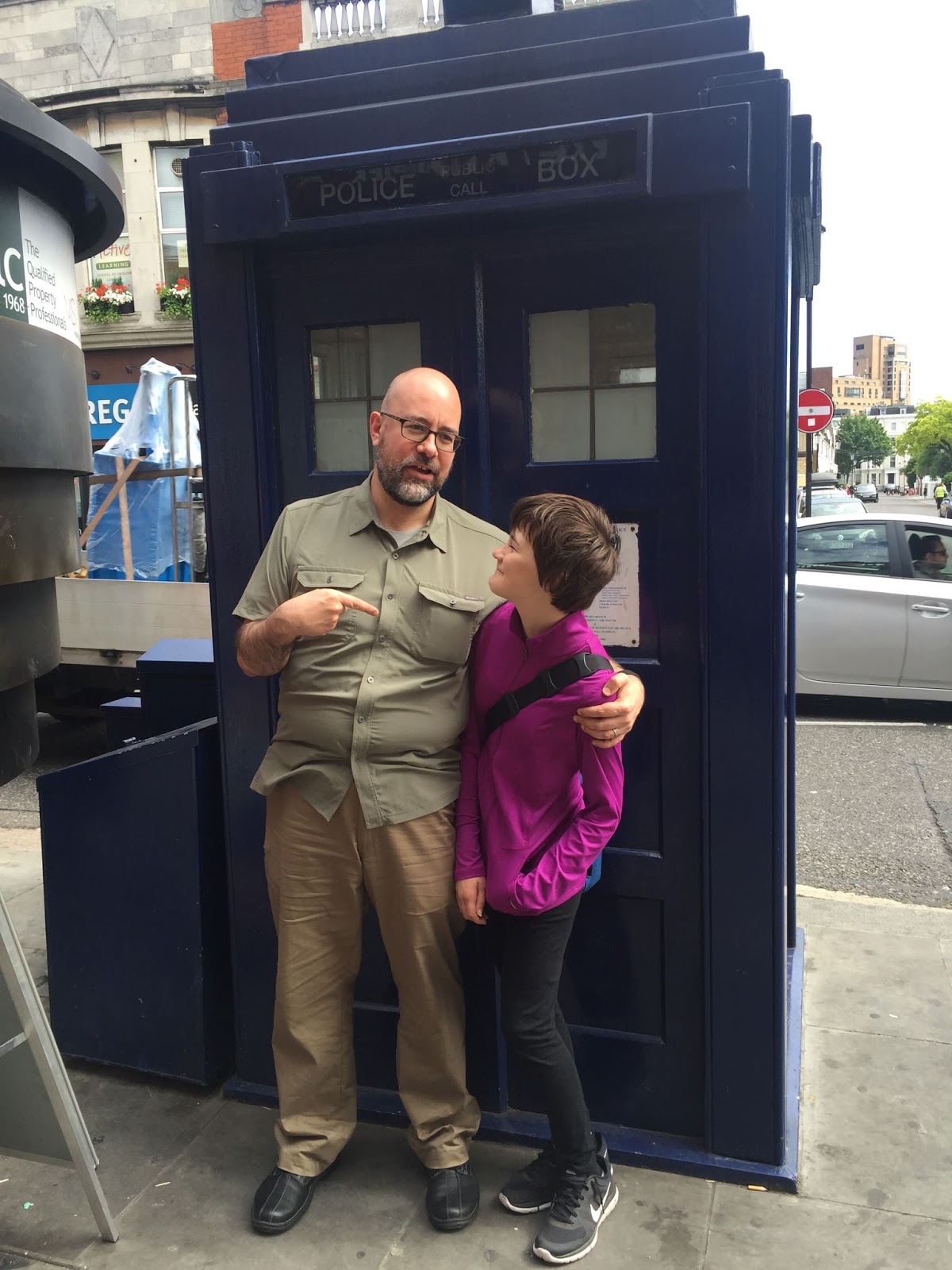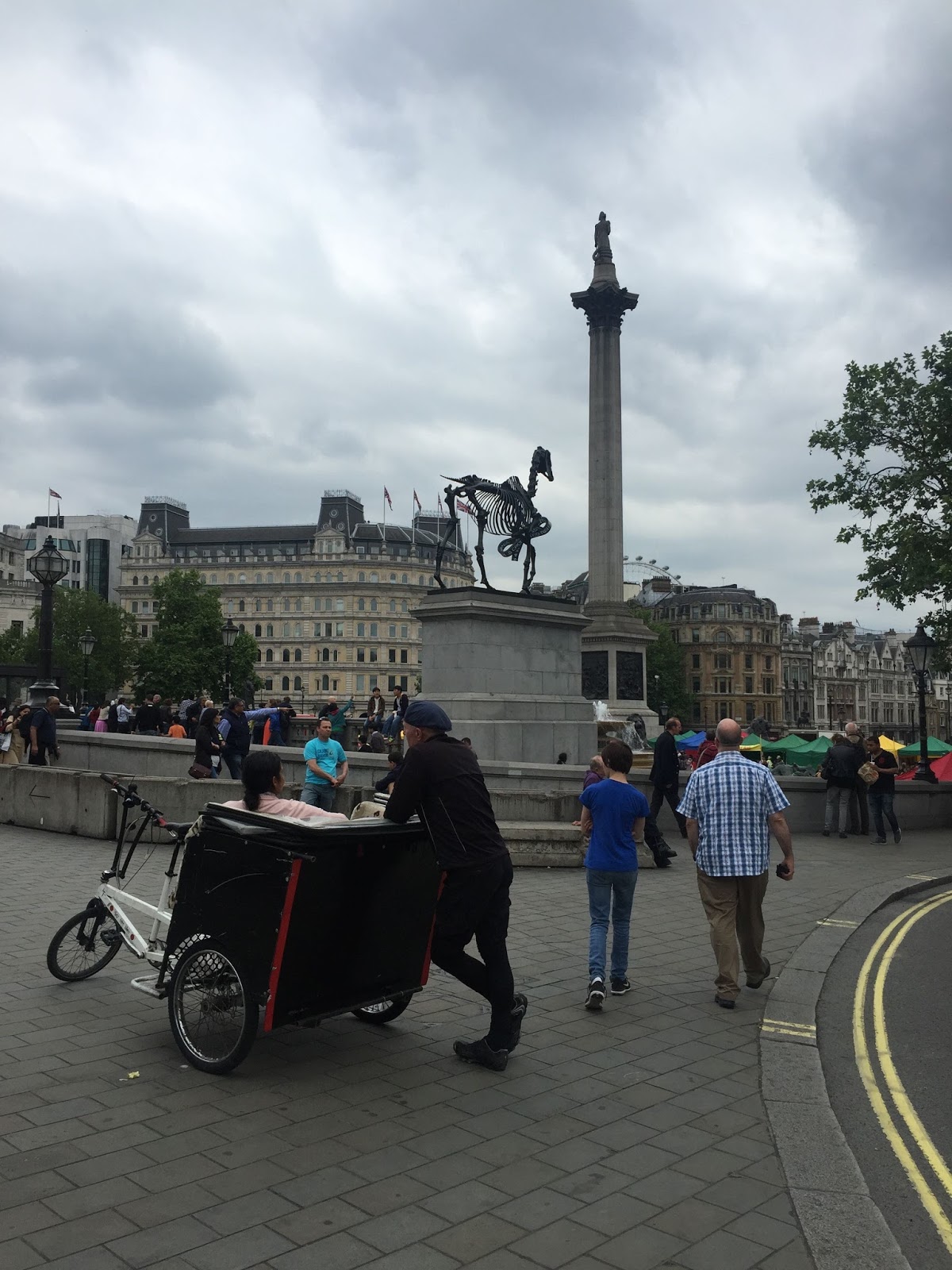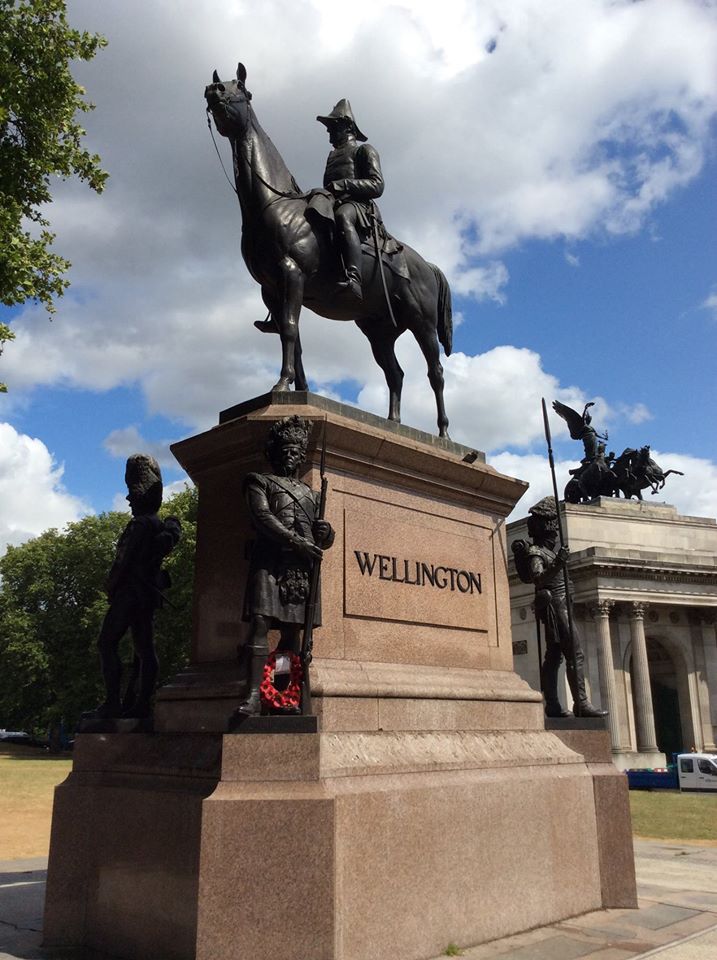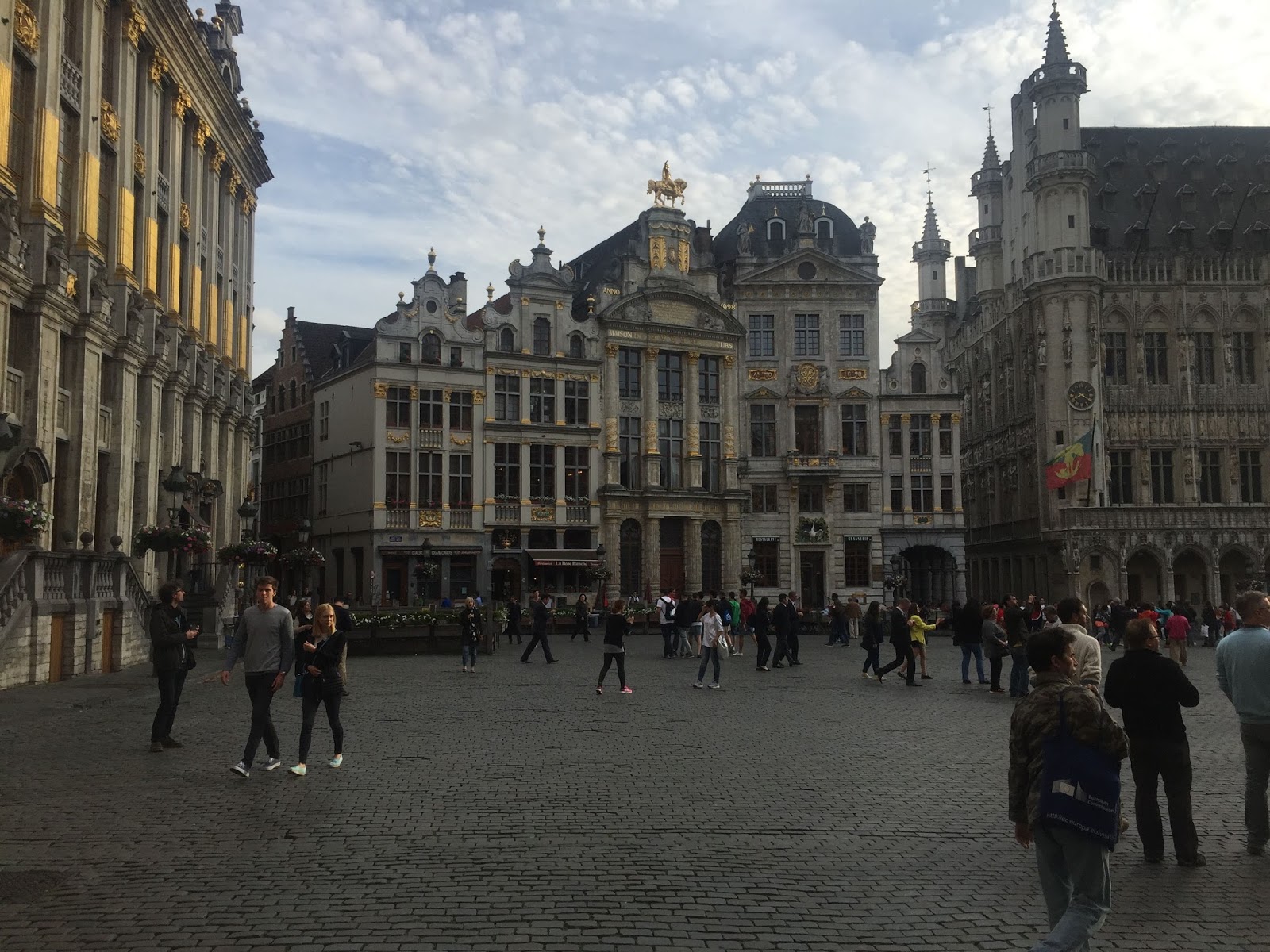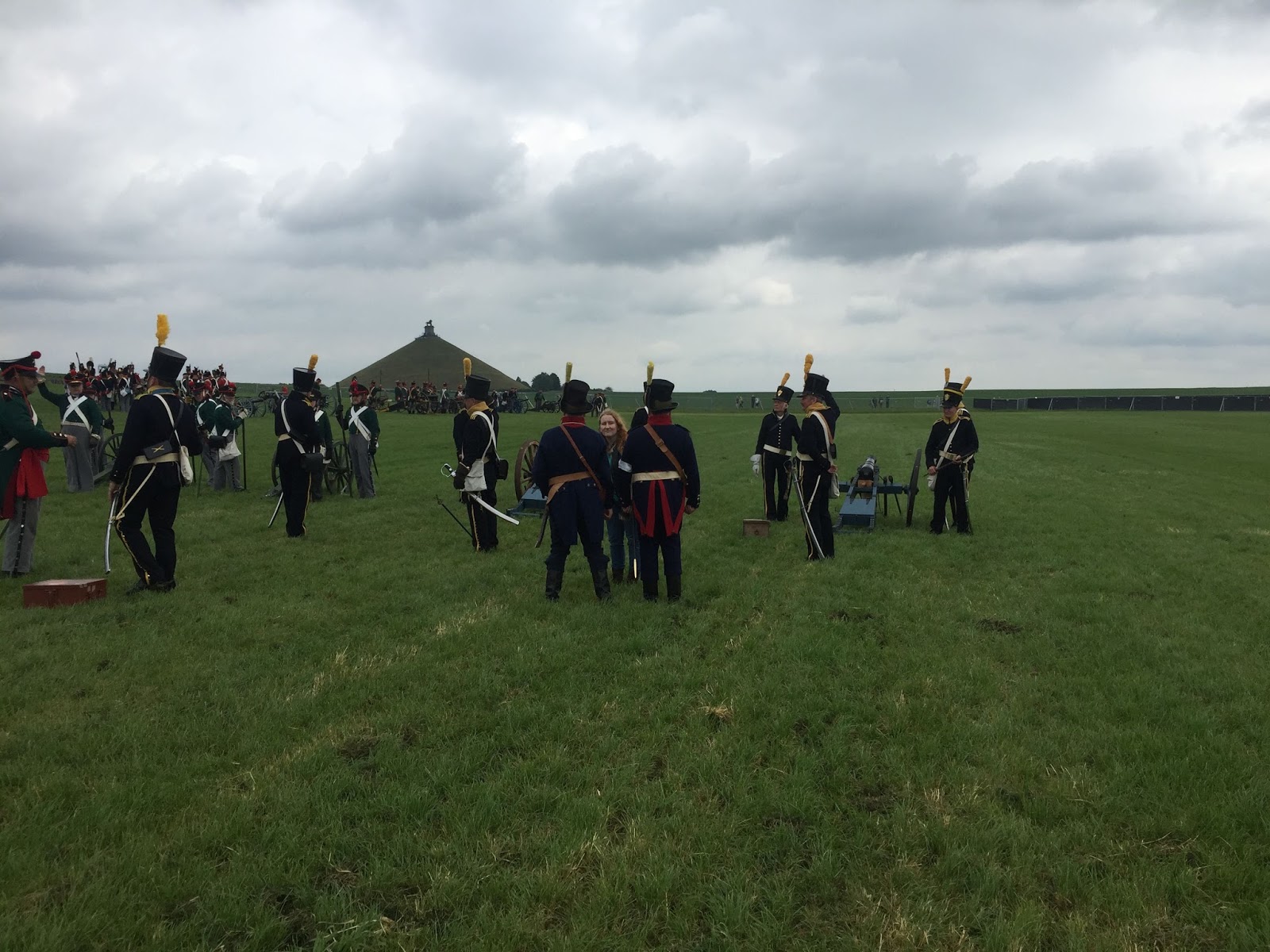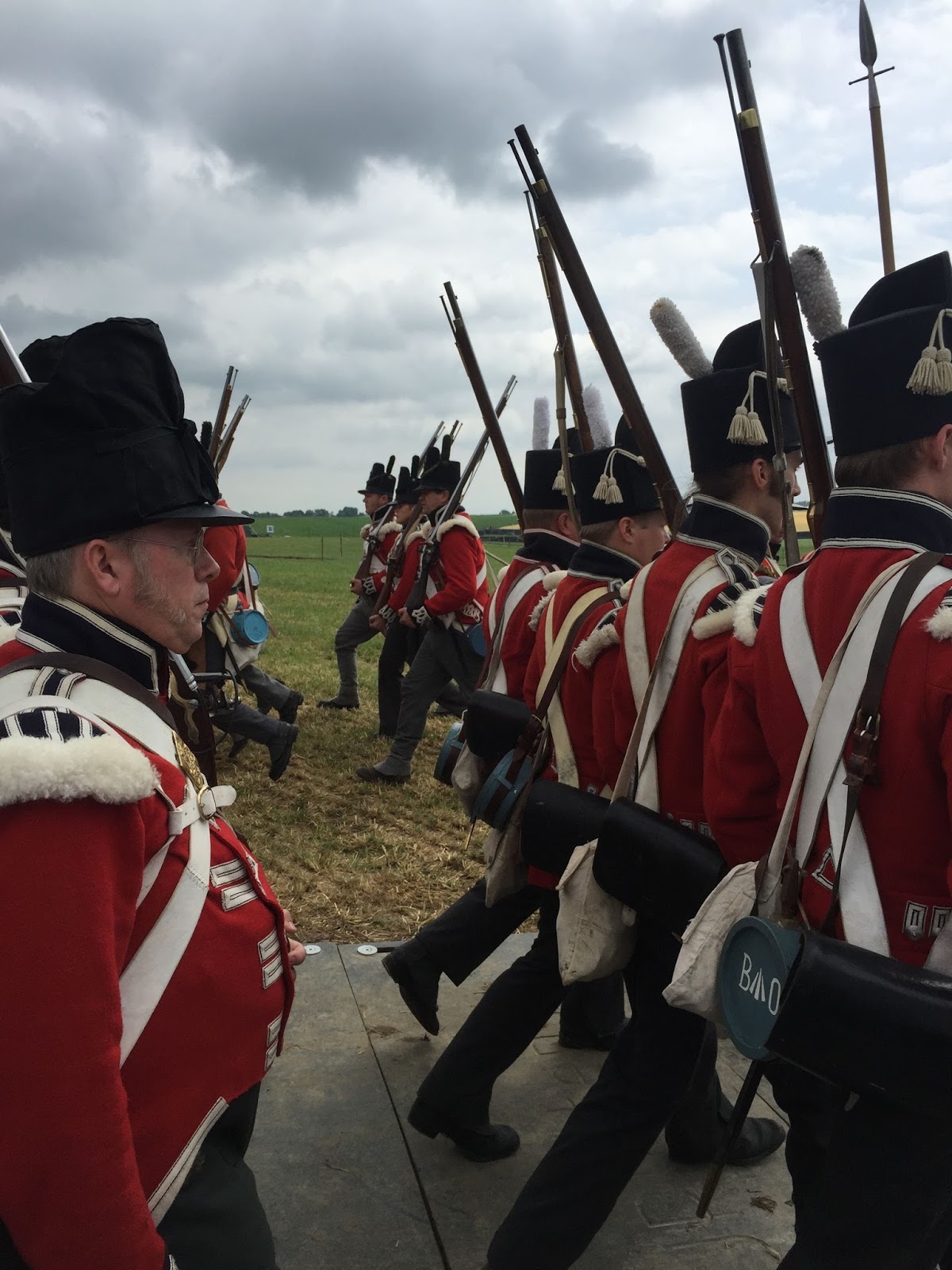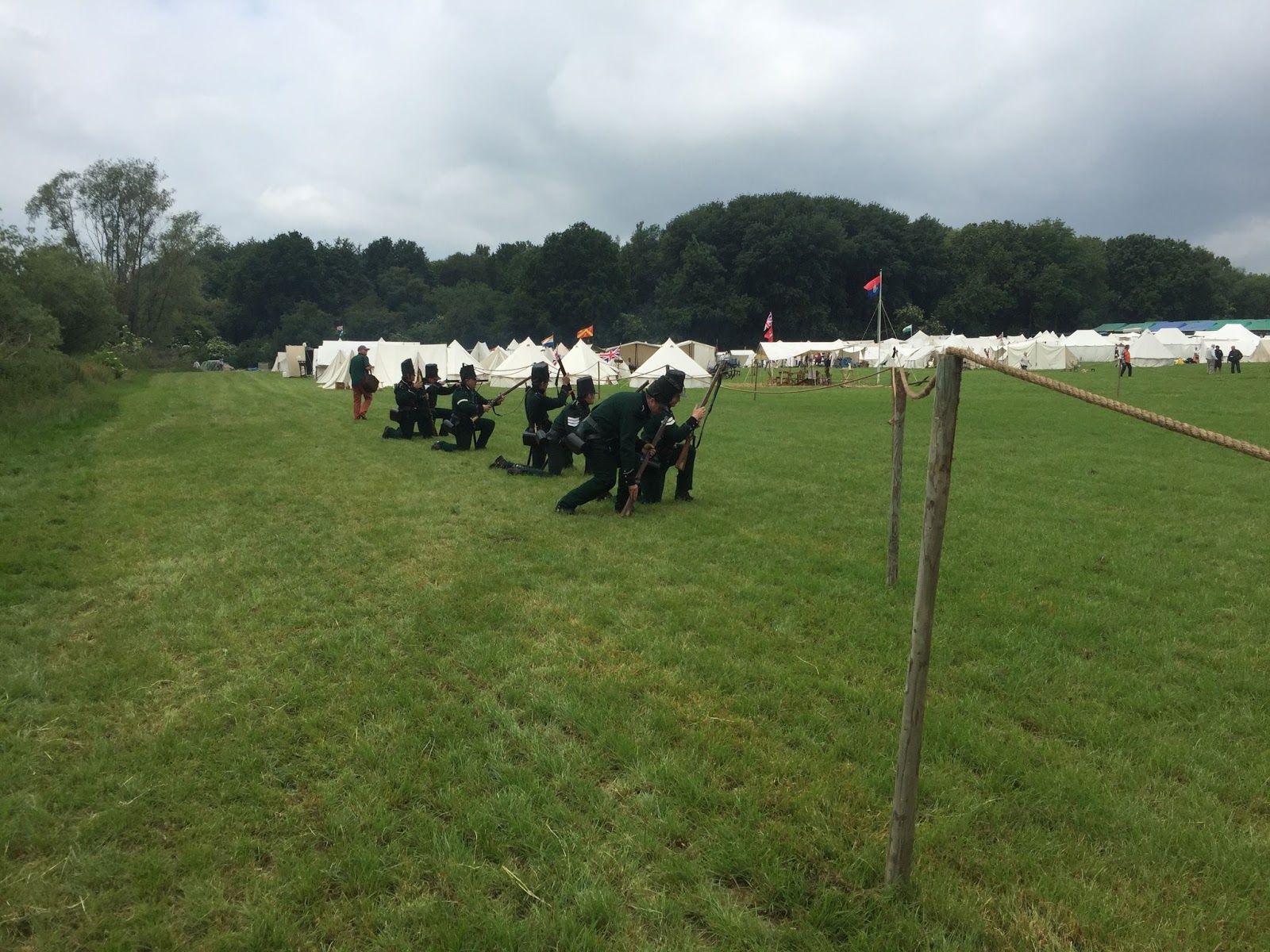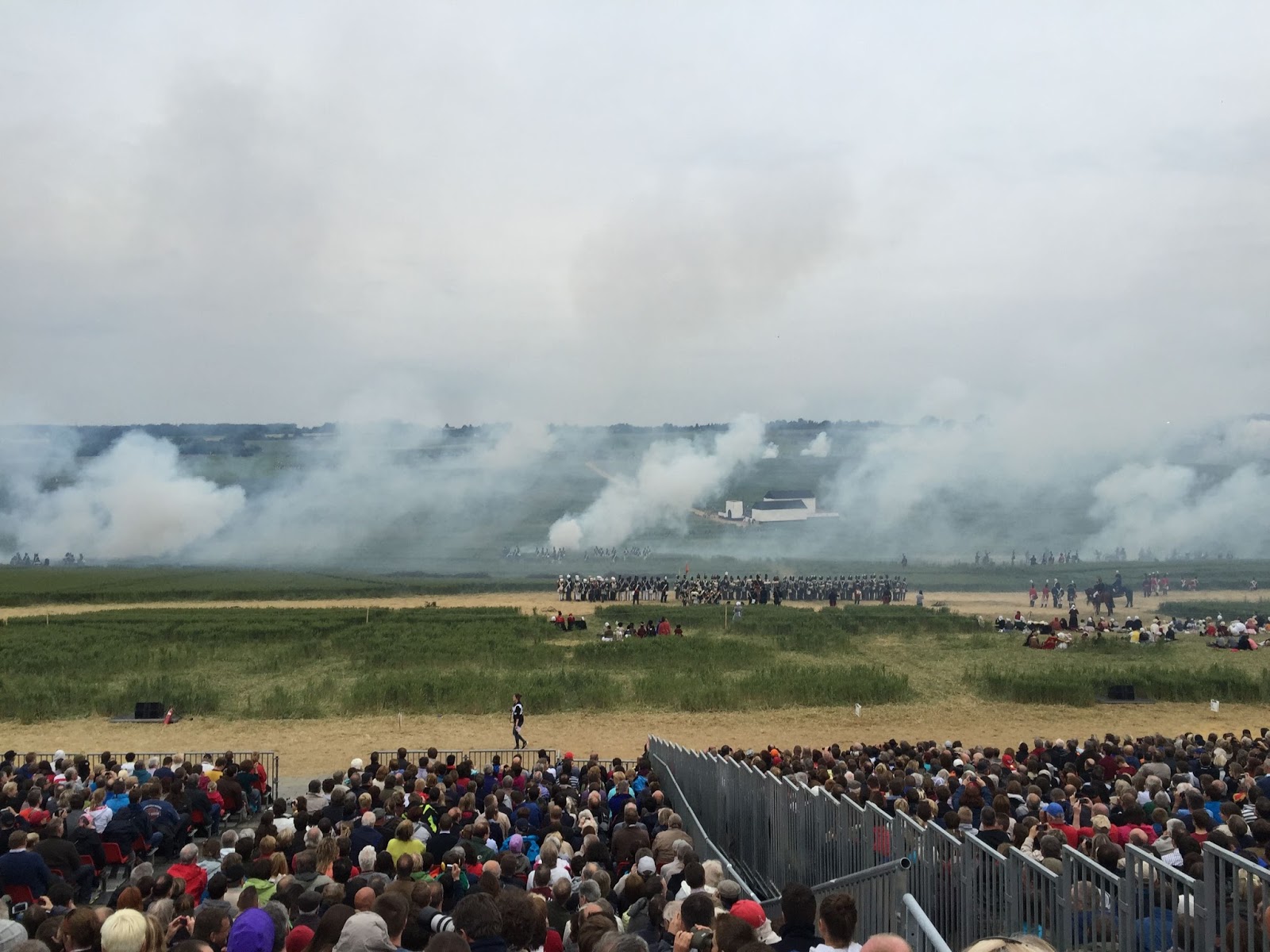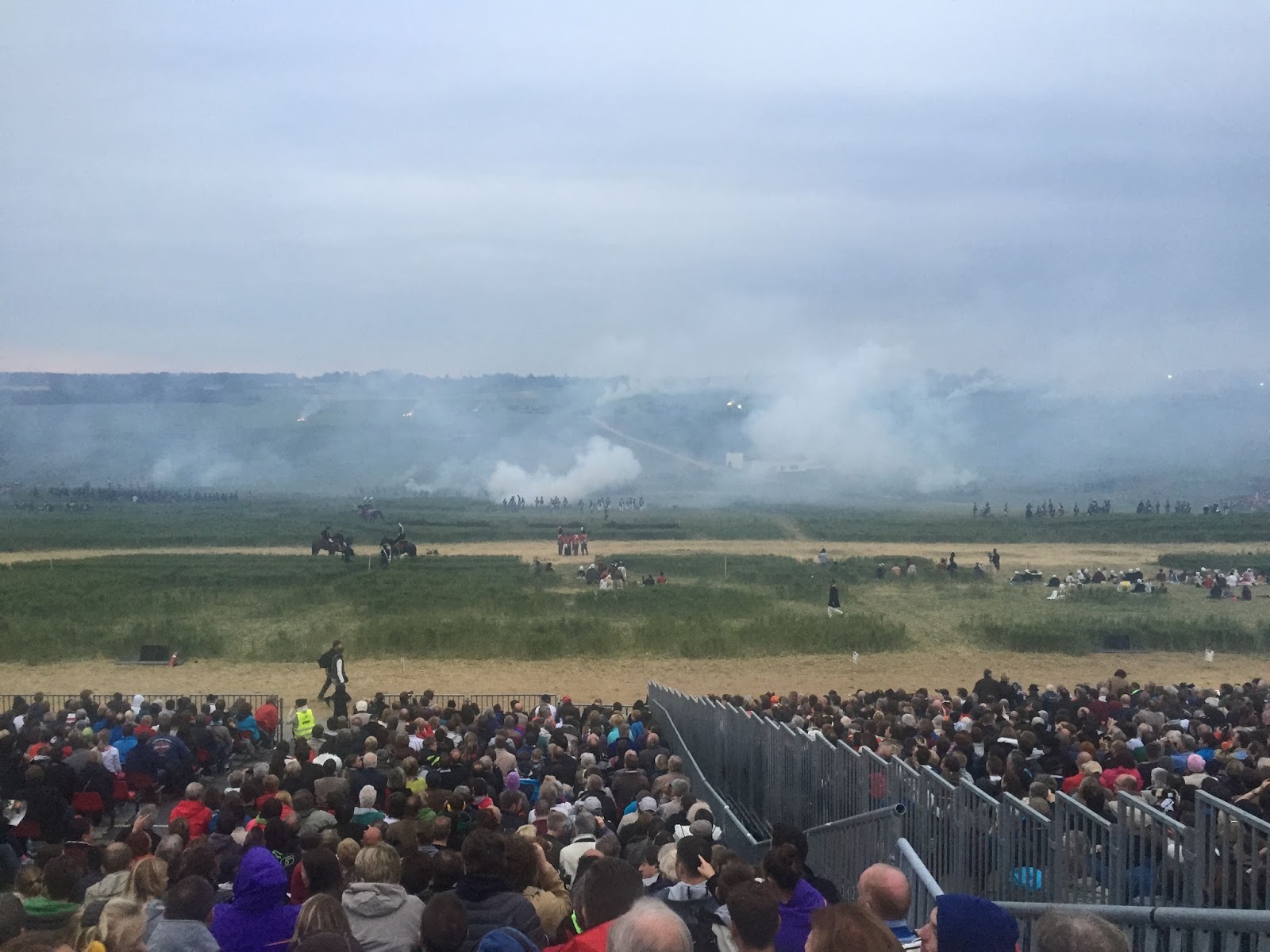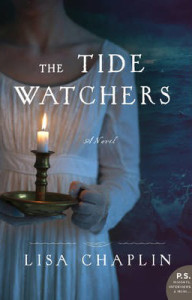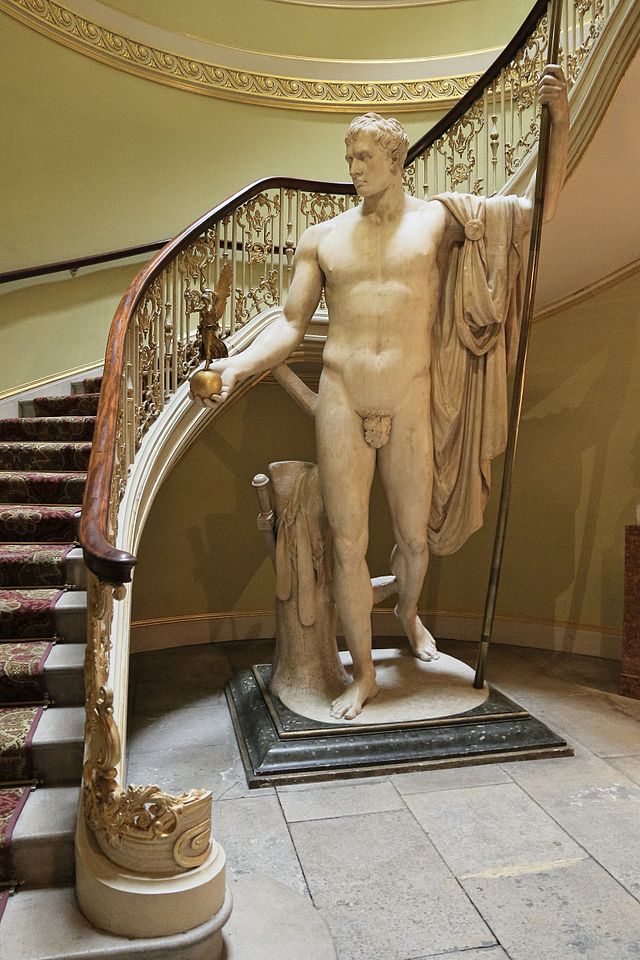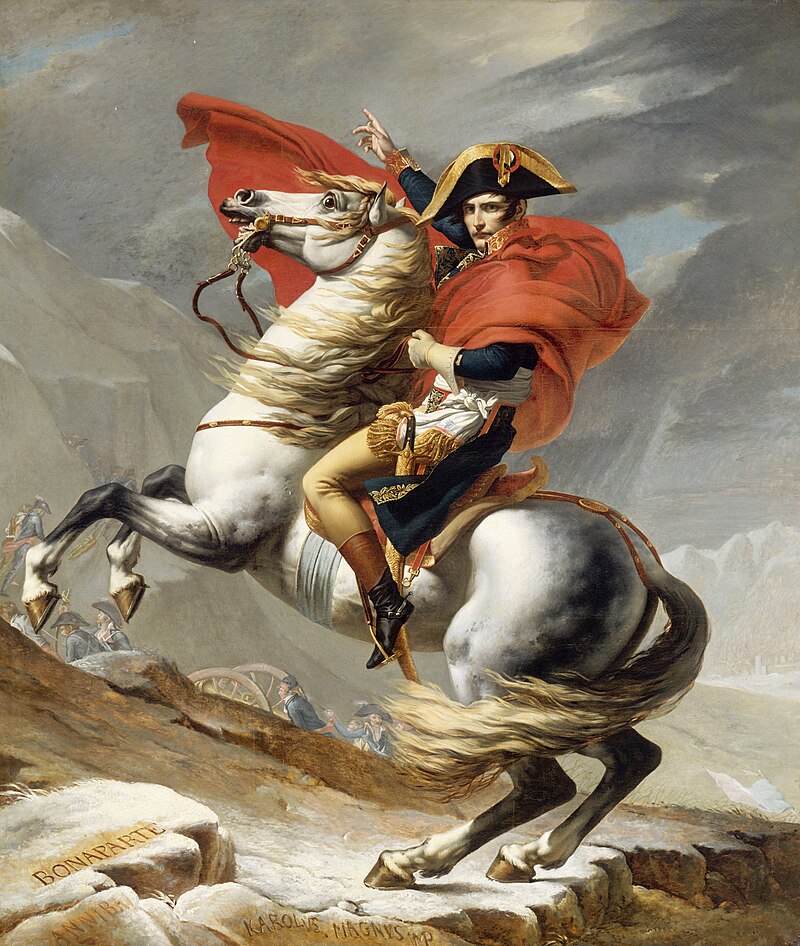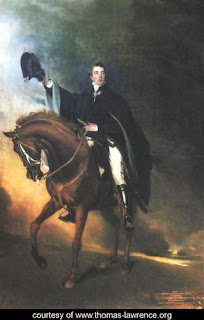I have two new fashion books, both of which are awesome for different reasons. The first one is Napoleon and the Empire of Fashion, 1795-1815 by Cristina Barretto and Martin Lancaster (Skira) 2010. It was published for an Italian exhibition of period clothing. The translation into English is rocky at times, but this book has some of the most amazing pictures I’ve ever seen. There are close ups of the fabrics that are just luscious. There are frustrations, too, in that some pictures are just too small.
I tried reading the text but found it hard going and then downright strange. As mentioned, the translation is not very good, but some of the history struck me as not trustworthy and I’m still struggling to understand why there’s a picture of a bare-busted porn star. Yes, she has big tits, but she’s in a book on Empire and Directoire fashions, why?
I just rolled my eyes at the concluding remarks which more or less blamed the CIA for Modern Art. I blame Matisse, but that’s just me.
Anyway, the gowns in this book are beautiful and the book is worth it for the pictures. Incoherent political ramblings are just a side benefit. (Napoleon was amazing! The Best Dictator General Ever!!! He was Sicilian French!!! Vive La France) OK, so he had that little thing at Waterloo that didn’t work out so well, but LOOK! Here’s an amazing purple velvet royal cloak and . . . That cloak is amazing. It’s worth the price of the book.
You can flip through this book– I don’t recommend reading much, it will only give you a headache and make you hate American Cultural Imperialism (that’s an anagram for the C.I.A., did you notice that?] French, you know, was the language of diplomacy until some how English got free of the Norman Cultural Imperialism (which any student of irregular English verbs can tell you still haunts us today) and now everyone speaks English even though French is way better –and really get a sense of how idiosyncratic gowns could be.
One point made early in the book before I was sobbing in hot tears about how Jackson Pollock ruined art all because of the Marshall Plan (which idea the US stole from Napoleon) was that gowns were custom-made and therefore fit the wearer precisely. Then they said the female form was actually different and that somehow between Napoleon and the rise of the CIA, women’s boobs moved lower on the torso. And I kept waiting for them to clarify that they meant foundation garments gave the female shape a different form, but no. Then I flipped back to the porn star picture and her boobs didn’t look like they were lower on her chest, but there was silicon involved I think, plus she had her arms crossed underneath all that bounty so maybe she was pushing them up the way they did in the Regency.
Regency woman had porn star boobs I guess.
Anyway, I couldn’t stop thinking about all those Modern Artists like, Marcel Duchamps (Oops French! but Joyce Kilmer totally hated him for Nude Descending a Stair) and that Pablo Picasso guy (lived in PARIS!), that Ce n’est Pas Une Pipe dude, Magritte (FRENCH!) that I started getting distracted about art.
The other book is The Art of Dress, Clothes and Society 1500-1914, by Jane Ashelford. (Abrams 1996). It covers a much broader period, but there are good photographs of actual clothing along with description and explanation. I wish there were more pictures. Or at least a world view unaffected by anything like facts.
Napoleon vs. Chuck Norris. Call it folks. Who wins?
(The answer is Jet Li.)


